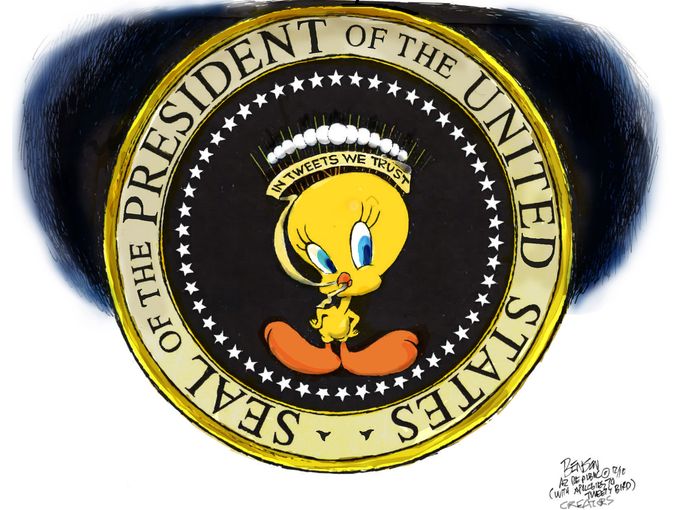These areas in Ohio very Democratic voting areas back in this time again, in the gilded age
俄亥俄河谷的这片区域在镀金时期时倾向民主党
Same true with a lot of these counties in southern Pennsylvania
宾夕法尼亚州南部的县也是如此
While what's different was in states where the Democrats controled—where southern Democrats controled
然而在那些由南部民主党控制的州情况则有所不同
Like Missouri and Texas here was just the opposite
如密苏里州和德州情况与北方完全相反
It was the southerners who controled the Democratic
因为这些地区的民主党被南方农场主控制
People of southern background in Missouri who control the state Democratic party
如在密苏里州,南方人控制了该州民主党的决定权
and the southern Democrats tended to be much more dry than the northern Democrat, much more in favor prohibition
而南方民主党人又比北方民主党人更倾向禁酒,更加支持禁酒制度
So Missouri was actually the German areas that became strongly Republican
因为密苏里的德国人实际上是坚定的共和党支持者
and same in Taxes with the German hill country to the west of Austin
在德州的德裔聚居县往西延伸至奥斯丁也是如此
So it depends on what state you were in the German actual vote would go
因此在不同州区的德国人投票倾向并不相同

Much really interesting is to see some of these patterns procedes for a long time
这种有趣的投票分布格局持续了很长时间
Sometimes you can still see remnants of them or aspect by and large are disappeared
甚至现在你还不时能寻见些蛛丝马迹,虽然这种格局已基本瓦解
Many of these disappeared in the 20th century but not all, by any means
20世纪时大部分格局都已消失,但仍有残留下来的
Ok, we are going to move now up to a pivotal election
好的,现在我们来看一场很重要的大选
In 1892, when everything starts to change
1892年的大选,它揭开了巨变的序幕
Where these deeply engraved patterns that we've seen through the gilded age start to break down
在此之后那些镀金时期形成的稳固的选情分布格局都开始逐渐瓦解
And I'll begin with the image of Mary E.Lease
让我从玛丽伊莉斯开始讲起
Populist Mary E.Lease adviced farmers
平民论者伊利斯鼓励农民
We're talking about farmers in the great plains particularly places like Kansas and Nebraska
这里所说的农民特指在大平原地区尤其是堪萨斯和内布拉斯加的农民
Farmers of the more newly settled part of the mid-west
他们在中西部刚安顿下来不久












